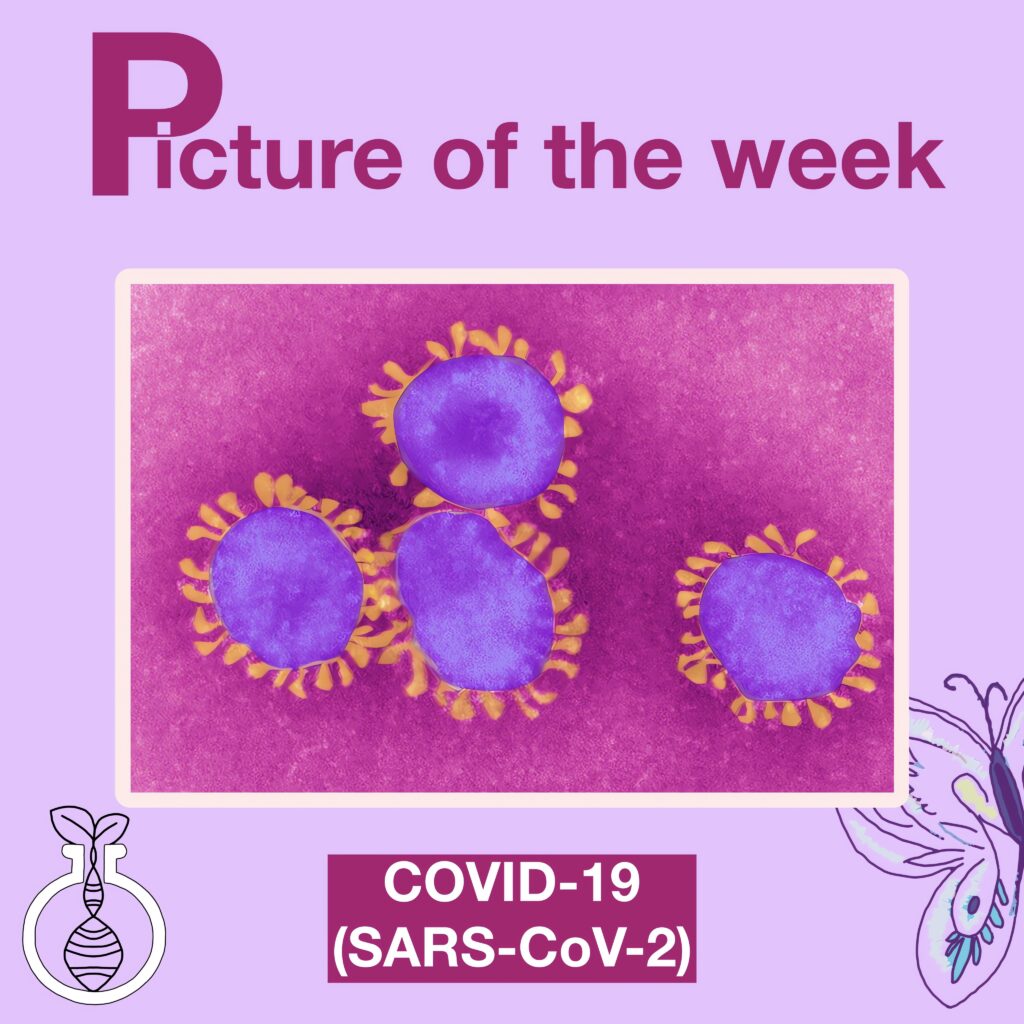Welcome to this week’s spotlight! In the microscopic world where invisible battles take place, COVID-19 has emerged as a powerful and unpredictable force. Under the microscope, SARS-CoV-2 may seem like just another virus, but don’t be deceived by its appearance. Known for its rapid spread and global impact, this virus has changed life as we know it, from our daily routines to the way we approach health and safety.


What is COVID-19?
In the microscopic universe, few pathogens have captured the world’s attention like COVID-19, the virus responsible for the global pandemic that reshaped our lives. This virus, officially known as SARS-CoV-2, acts like an invisible invader, spreading from person to person with astonishing speed and efficiency. But what makes it so unique?
COVID-19 is a respiratory virus that primarily affects the lungs, though its reach extends to many parts of the body. It enters through the nose or mouth, quietly taking hold of cells by attaching to their surfaces like a lock and key. Once inside, it rapidly replicates, releasing a storm of viral particles that can cause anything from mild flu-like symptoms to severe respiratory distress.
The most troubling aspect of COVID-19 is how unpredictable it can be. Some people experience mild symptoms, while others develop life-threatening complications like pneumonia, organ failure, or blood clotting. It’s a virus that plays a dangerous game, leaving healthcare systems overwhelmed and researchers scrambling for solutions.


So how do we protect ourselves from this viral adversary? The answers lie in well-practiced preventive measures: wearing masks 😷, practicing social distancing, frequent hand washing, and vaccination. These actions act as shields, reducing the virus’s ability to spread and protecting vulnerable populations.
Though COVID-19 has brought unprecedented challenges, it has also ushered in rapid advancements in medical science and public health. Vaccines developed at record speeds are saving millions of lives, and ongoing research continues to unveil new treatments and strategies to manage the virus’s impact.
COVID-19 may have changed the world, but through vigilance, science, and global cooperation, we continue to fight back, turning the tide against this formidable viral foe.
You can find the original images on this story through this link
Thanks for joining us on this microscopic journey into the world of COVID-19. We hope you found this week’s feature as intriguing as we did. Don’t forget to check back next week for another captivating look into the unseen world around us. Until then, stay curious and keep exploring!




My name is Ali Emre Cabadak, a dedicated biology enthusiast currently pursuing my studies at Marmara University, where I am majoring in Bioengineering. As a passionate advocate for scientific discovery and innovation, I am the founder of Biologyto. My goal is to bring the wonders of biology closer to everyone and inspire a new generation of thinkers and innovators. Through Biologyto, I aim to write scientific articles that delve into the fascinating world of biology, sharing insights and discoveries that inspire curiosity and innovation.





